The guys at DCS (Digital Cinema Society) have once again held their great lens panel at Cine Gear 2019. This time the group focused on large format cine lenses from the buyer’s point of view. Read this article if you’re interested in investing, renting, or using large format cinema lenses.
Important: Y.M.Cinema Magazine is not associated with the Digital Cinema Society. This article was written as a tribute for the DCS for their tremendous contribution to the filmmaking community.
A few words about the Digital Cinema Society (DCS)
The Digital Cinema Society (DCS) is a nonprofit educational cooperative dedicated to the industry’s informed integration of new technology. The DCS owns a large formation of an international membership nearing 5,000 that counts some of the top filmmaking, technology, and business leaders in the entertainment Industry including Academy Award winners, educators, ASC cinematographers, ACE editors, leading technologists, and senior management from manufacturers, studios, exhibitors, and networks.
The Society’s purpose is to examine all media, solutions, services, and technologies without favoring any one brand, service, or format over another.

Large format cinema glass panel: Top cinema lenses manufacturers representatives and experts
In Cine Gear 2019, with a concentration on covering the expanding sensor sizes of many popular cameras, the Digital Cinema Society has decided to focus its panel on the examination of the Cinema Large Format Lens market and to explore what’s new from some of the top lens manufacturers. The panel was assembled with representatives from top cinema lenses companies including Angenieux, ARRI, Canon, Cooke, Fujinon, Leitz, P+S Technik, Schneider Optics, Sigma, Tokina, and Zeiss.
Cameras are relevant for a very few years. Lenses are suitable for decades
Cameras don’t last long, but cinema lenses don’t become obsolete. However, old lenses may become less relevant since they are not covering large sensors anymore. For that reason, there is a need to know the large format glass solutions in the market, to make the best cinematography choice for telling the story. Y.M.Cinema Magazine has made a simplified and educational recapitulation of this great DCS panel.
Scroll down to explore the best cinematography options (for now) to cover large format sensor.
Angenieux Optimo Primes
- The Optimo Primes can cover full frame and even more extensive than that. That is a brand new line that is scheduled for delivery in fall 2020.
- Artistic description: “Light, compact, sharp and owns the classic Angenieux look.”
- Price range: $23,000- $31,000.

Light, compact, sharp and owns the classic Angenieux look
Angenieux Optimo Primes
ARRI Signature Primes
- The ARRI Signature Primes is the first cine lens series to feature machined magnesium lens barrels, making the optics lightweight and robust.
- Artistic description: “The classic film look. Low micro contrast (tone doesn’t pop), Warm look. Zero breathing”
- Price range: $25,000- $30,000

The classic film look. Low micro contrast (tone doesn’t pop), Warm look. Zero breathing
ARRI Signature Primes
Canon Sumire Primes
- The Sumire is a range of seven fast T-stop cinema prime lenses that cover full frame, all with an interchangeable PL mount, which can be modified to an EF mount.
- Artistic description: “Not too sharp. Vintage esthetic pleasing look and unique bokeh.”
- Price range: $7,500.

Not too sharp. Vintage esthetic pleasing look and unique bokeh
Canon Sumire Primes
Cooke S7
- The Cooke S7/i, T2.0 Full Frame Plus Primes are designed to cover the emergent full frame cinema camera sensors up to at least the full sensor area of the RED Weapon 8K (46.31mm image circle).
- Artistic description: “The Cooke Look.”
- Price range: $20,000-$25,000.

The Cooke Look
Cooke S7
Fujinon Premista
- The Premista is a series of cinema zoom lenses, which deliver the full benefits of large format sensor cameras.
- Artistic description: “Pleasant bokeh effect and a wide dynamic range of light.”
- Price range: $38,000-$40,000.

Pleasant bokeh effect and a wide dynamic range of light
Fujinon Premista
Leitz Primes
- The first set of 12 primes is scheduled for delivery in early 2020 and was developed to Full Frame/ VistaVision formats.
- Artistic description: “Smooth bokeh and cinematic look.”
- Price range: $38,000-$40,000.
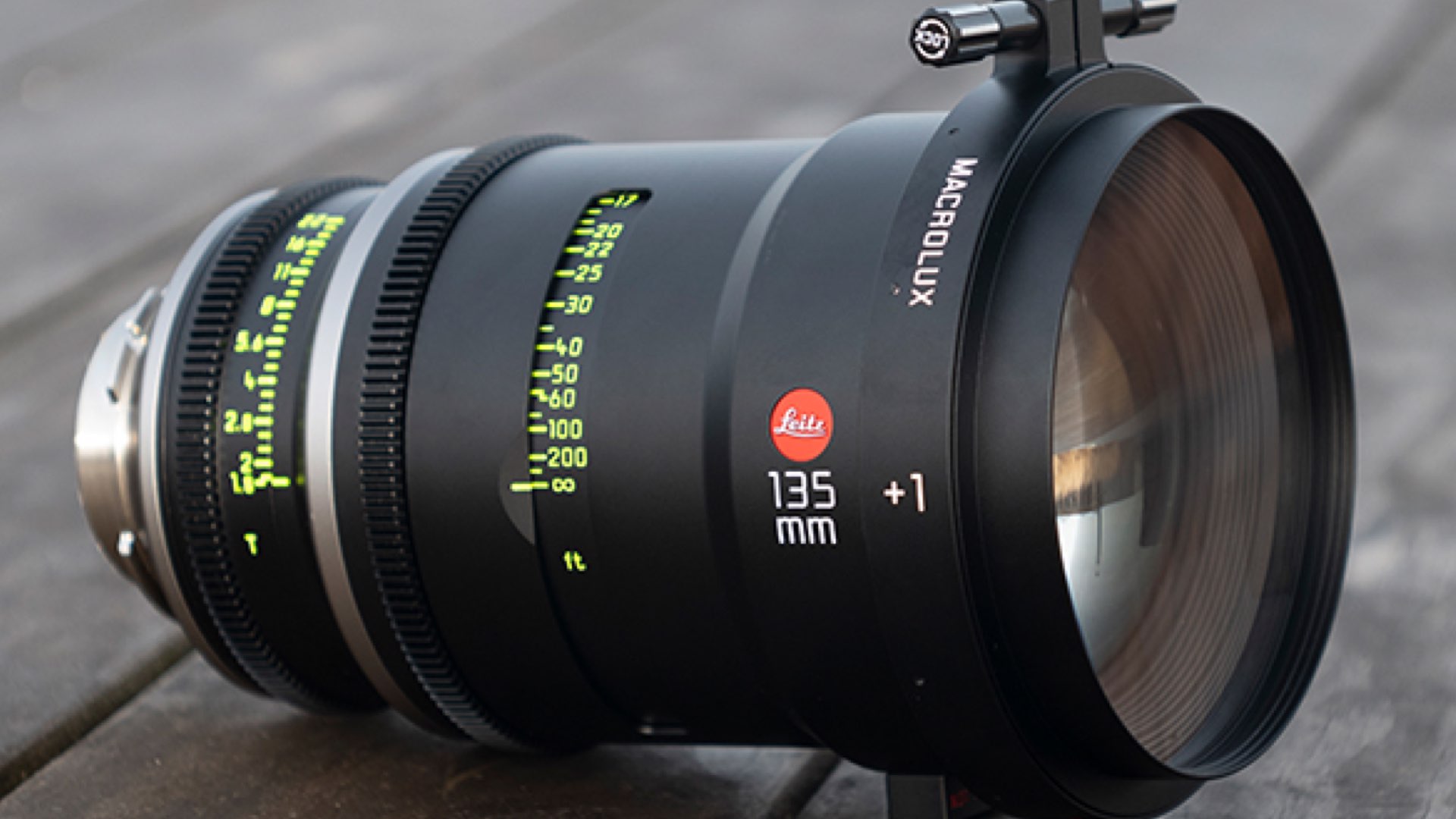
Smooth bokeh and cinematic look
Leitz Primes
P+S Technik
- An Iconic lens series with a vast history of feature films.
- Artistic description: “Classic film look.”
- Price range: $20,000.

Classic film look
P+S Technik
Schneider Optics
- Schneider-Kreuznach Xenon FF-Primes provides full frame coverage with a 4K optical design.
- Artistic description: “Accurate skin-tones and pleasant look. Not too sharp.”
- Price range: $4,000-$6,000.

Accurate skin-tones and pleasant look. Not too sharp
Schneider Optics
Sigma FF Primes
- FF High-Speed Prime Lenses combine the same high-quality optics and mechanics of the Global Vision still line in a cine-oriented design.
- Artistic description: “Pristine look. Minimal distortion and flaring”
- Price range: $3,500- $5,000.
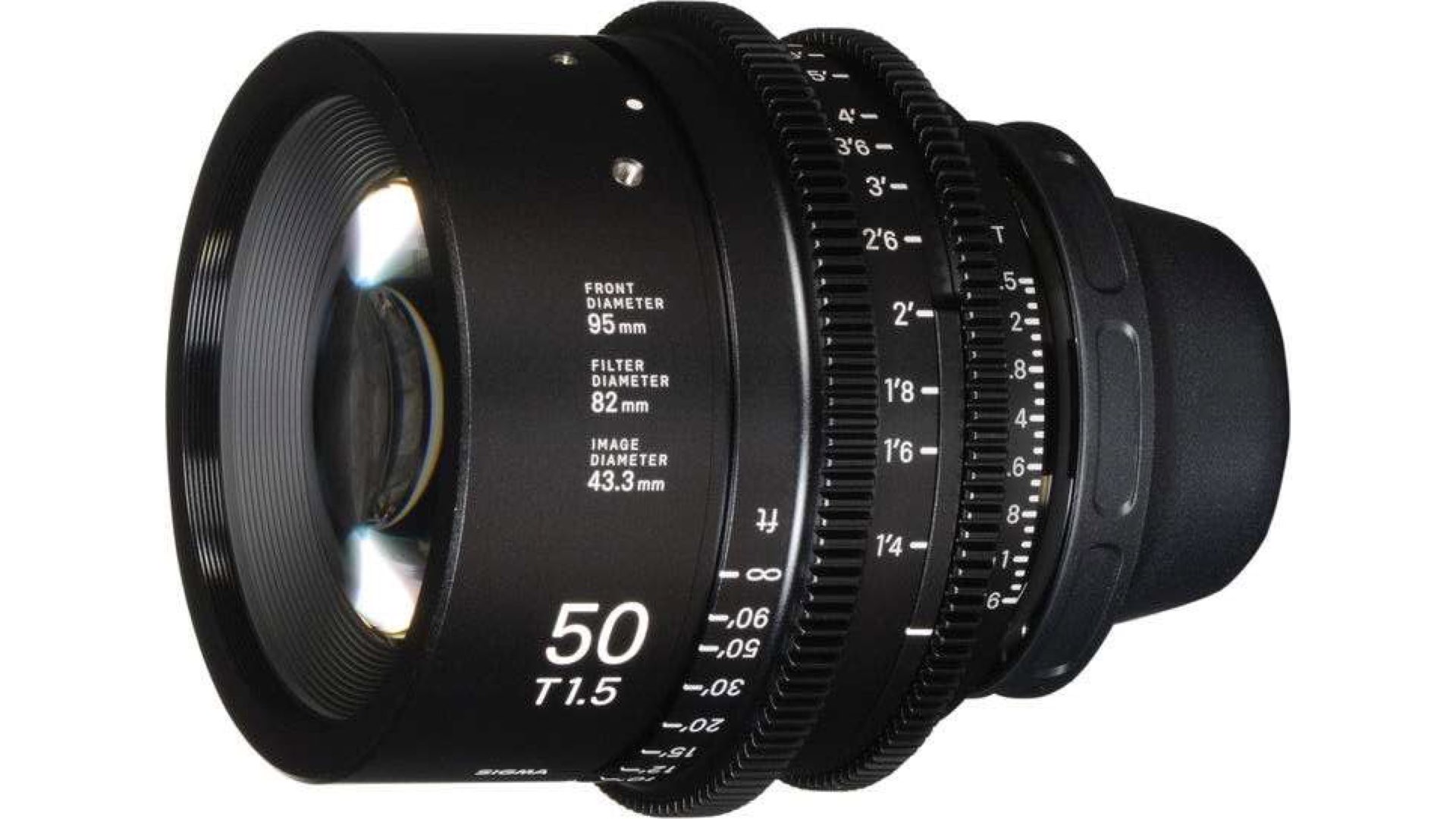
Pristine look. Minimal distortion and flaring
Sigma FF Primes
Tokina Vista Primes
- The Tokina Vista series provides an image circle that covers more than full-frame sensors. The glass was designed for sharp imagery, even when recording 8K resolution.
- Artistic description: “Very fast (T1.5), Zero breathing. Immaculate look”
- Price range: $5,000-$6,000.
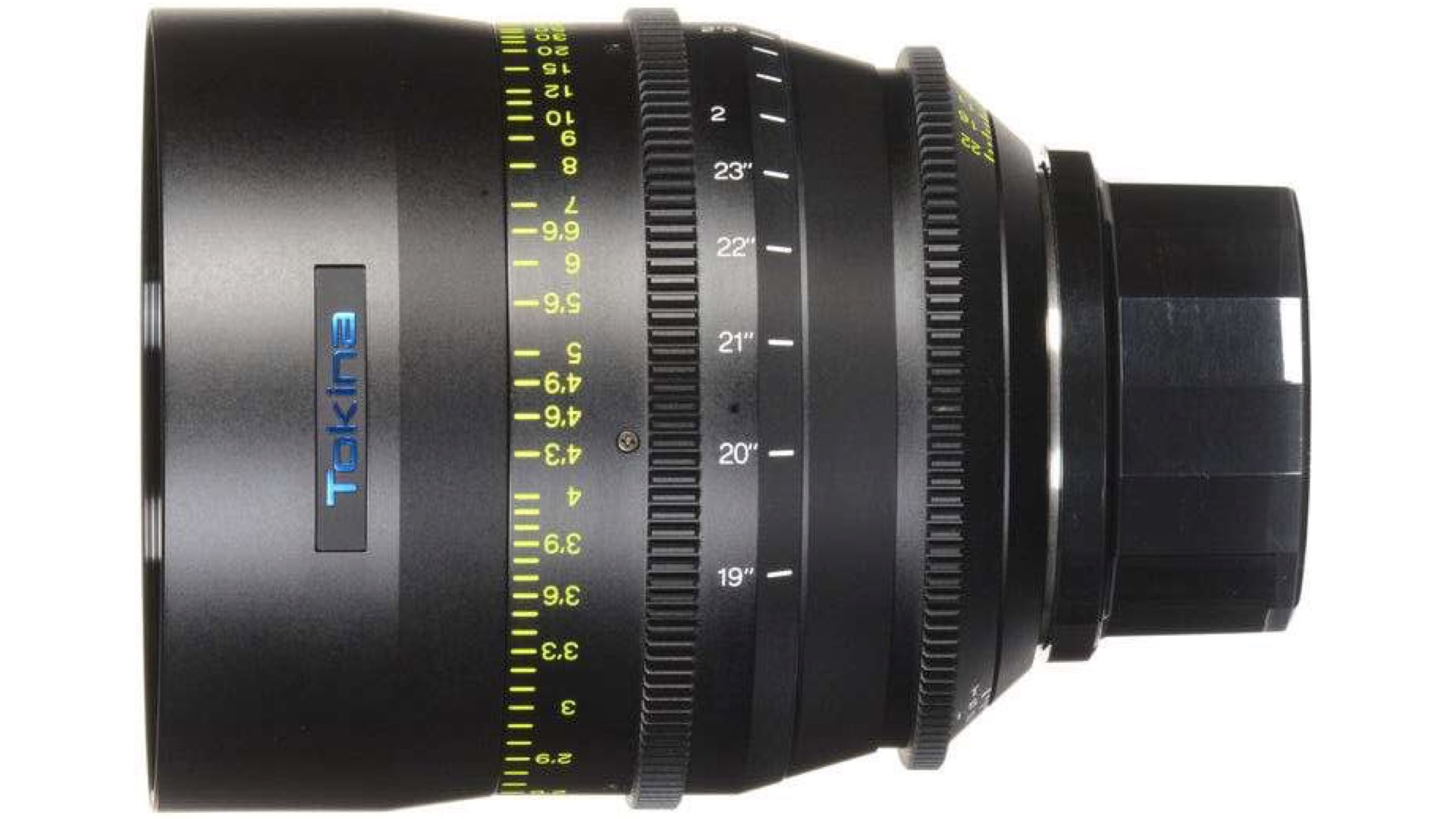
Very fast (T1.5), Zero breathing. Immaculate look
Tokina Vista Primes
Zeiss Supreme Primes
- ZEISS Supreme Primes can cover an image area up to 46.3 mm diagonal.
- Artistic description: “Versatile look, gentle sharpness, aesthetic focus fall-off, and elegant bokeh.”
- Price range: $18,000-$20,000.

Versatile look, gentle sharpness, aesthetic focus fall-off, and elegant bokeh
Zeiss Supreme Primes
Final thought and insights
For those who want to dive deeper into the details, it’s highly recommended to watch the recording of the panel (check out the video below). I’ve attended the panels at Cine Gear 2017 and 2018, and it was pretty fascinating.
Regarding the lenses, as you can see, they are not cheap. There is a noticeable and significant price variation. Some of them are dedicated for rental only (Zeiss, P+S Technik, Premista, Leitz, Cooke, and ARRI), and some of them you can own (Tokina, Sigma, and Schneider). However, all of them will help you to achieve the full frame cinematic look.
“Artistic description”
One more thing regarding the “Artistic description” mentioned near each lens. That is not an empiric mathematical description. It’s just how the experts and manufacturers explain the unique characteristics of their glasses. It depends on numerous production parameters like lighting, camera, and many more. The best way to decide which lens to use is to try it by yourself and verify that this glass will suit your needs for telling the story.
Obsoleteness
It will be interesting to see if sensors size is expanded further causing more lens invention and development of another generation of cinema glass. If that will happen, lenses will become obsolete like cameras.
Once, investing in a lens was made for the long run. Today, the lifespan of a cine lens is significantly lower. Think about that before buying your next FF cine-glass.

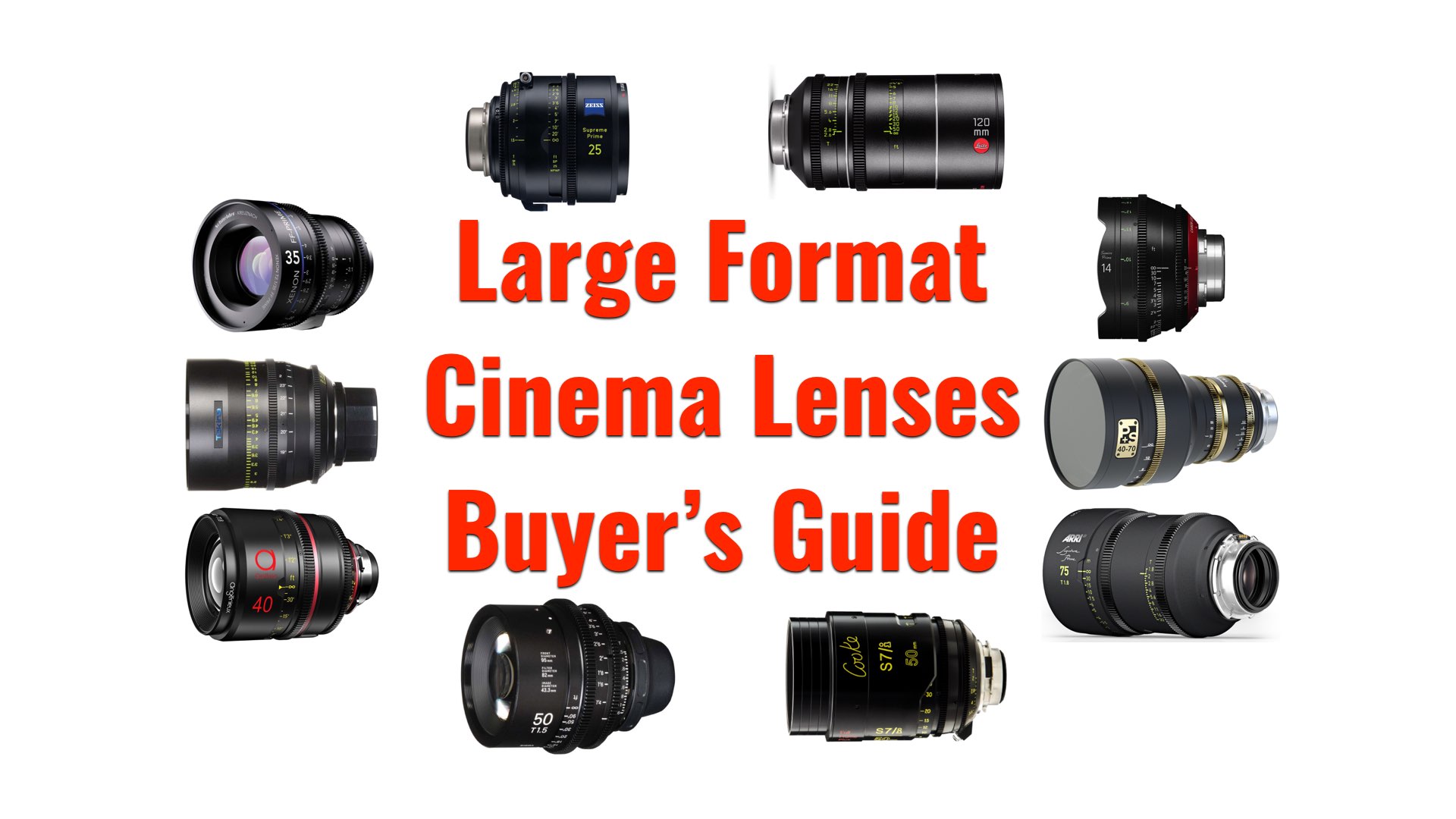


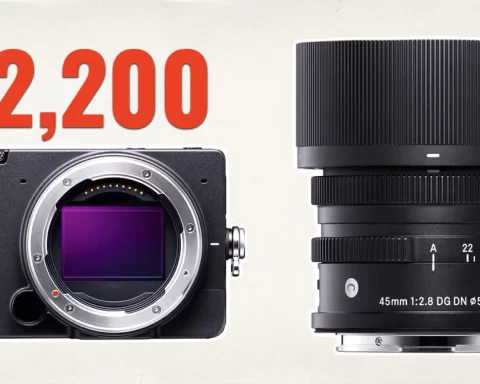
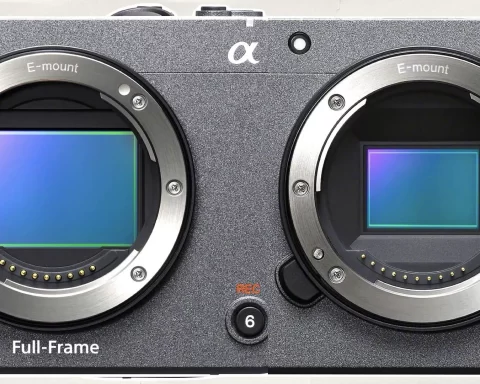
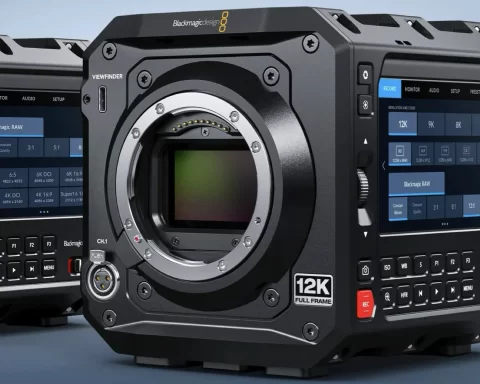
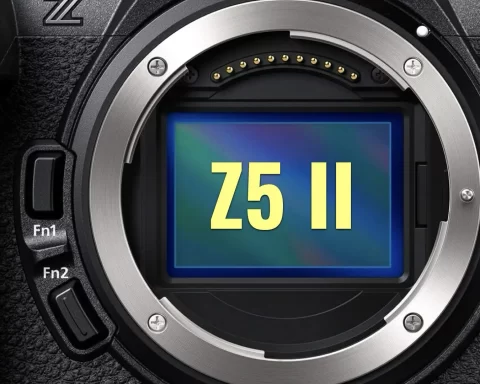


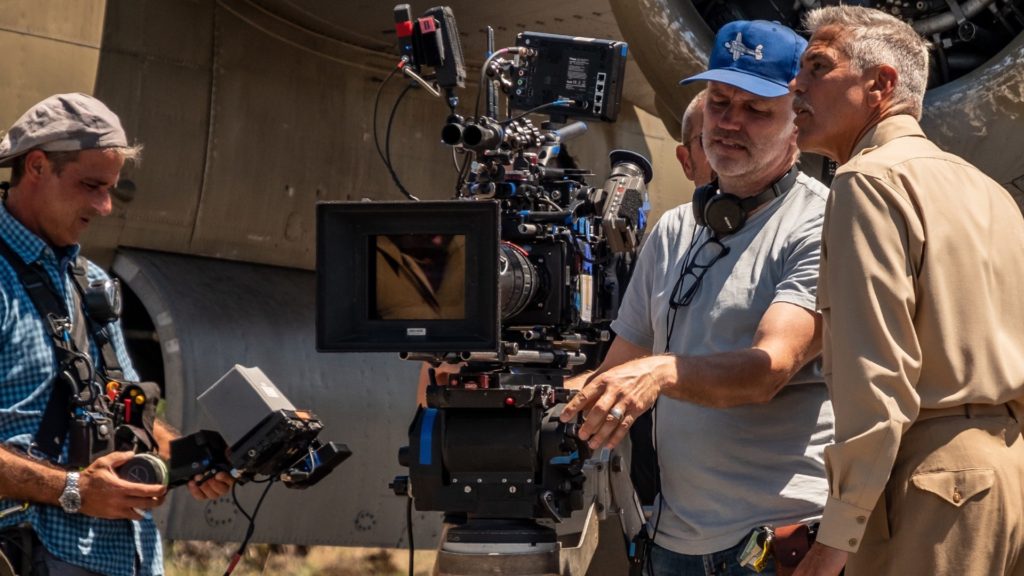




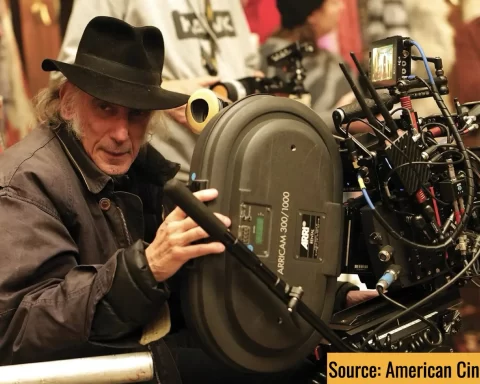

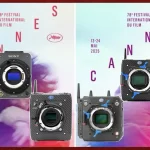
I noticed the “artistic” look most often touted softness rather than one or two who listed sharpness as an asset. I have a number of Medium Format lenses (Mamiya for instance) and one such lens paired with a RED Raven (via adapters) also provides that pleasing mellow look. I guess it never left but for a time it seemed sharpness was all the rage. Happy to see that sexy (softness) is back. ‘-)
Well said. There are DPs that use diffusions in order to soften the sharpness, especially in ultra sharp cinema lenses. Thanks for the nice comment 🙂
[…] wrote about the large format Cooke option which is the S7/i that was designed to cover full frame cinema cameras sensor up to at […]
[…] To dive a bit more into the details, feel free to read this article. […]
I own a mixed set of Zeiss CP2 and CP3 lenses that Cover FF and work well. Three of the CP2s are T1.5 lenses and I’d replace them w CP3’s except for the speed. CP3s are better mechanically 2’s. Otherwise they have a similar look. I also own a set of 3 Zeiss lightweight zooms 15-200. All of this moderately priced glass looks beautiful on the Monstro. The set is really missing a 40mm( I own a classic 40) and a 65. Otherwise I like the creamy look of these lenses. They are not as crisp looking as the Sigma’s and for my taste they provide good value for the money.
You can’t go wrong with those CP3’s. Thx Larry for this educating comment!
[…] a fraction of the cost. Nevertheless, modern filmmakers must not forget that this is the era of large-format glass which means there is a chance for obsolesces in the Super 35 glass and especially regarding the […]
[…] frame, like ARRI Alexa LF, ARRI Alexa 65, RED Monstro, SONY Venice, and further developments. As we wrote here before, large format lenses gain popularity and more and more DPs consider using those large-format […]
[…] and educational recapitulation of almost all options regarding large format lenses. Go to this article to learn more, or explore the high-level Large Format Cinema Lenses Filmmakers’ Chart below […]